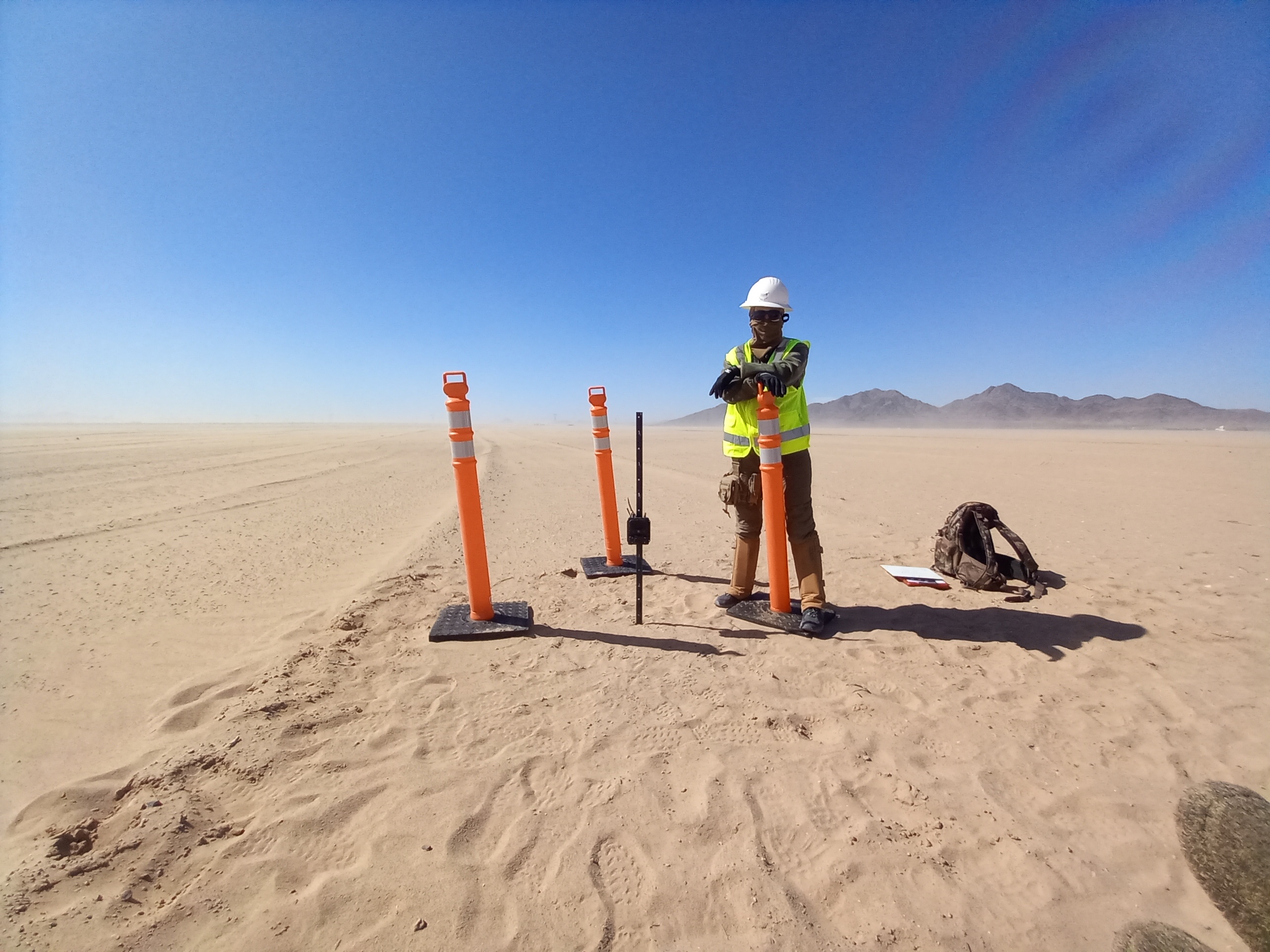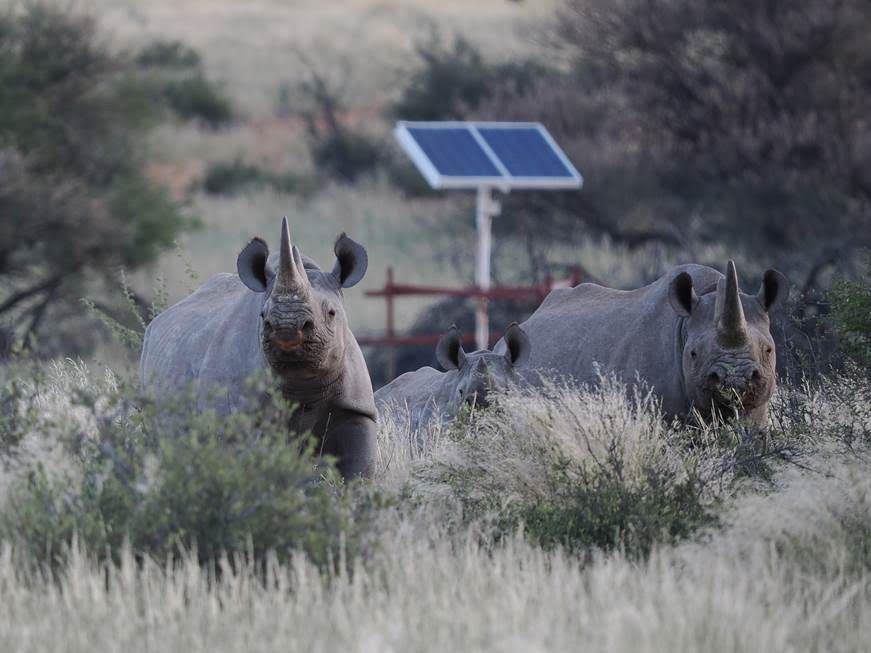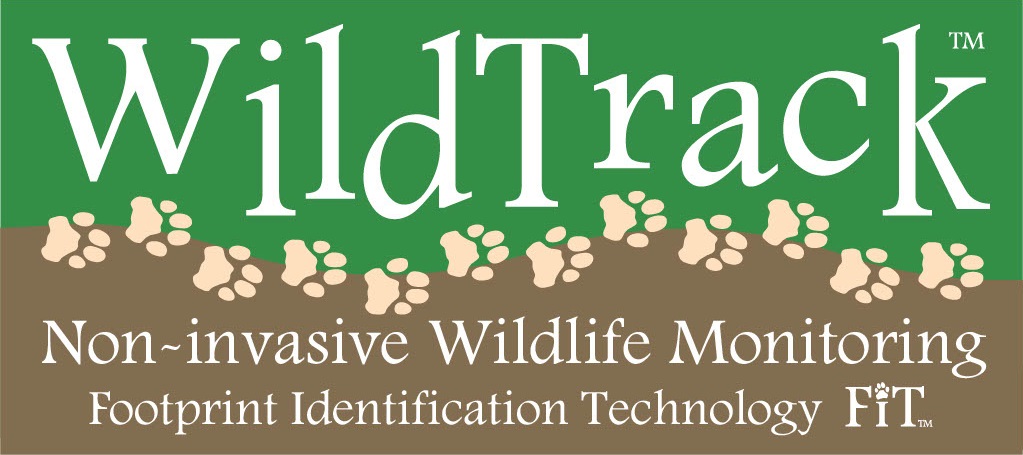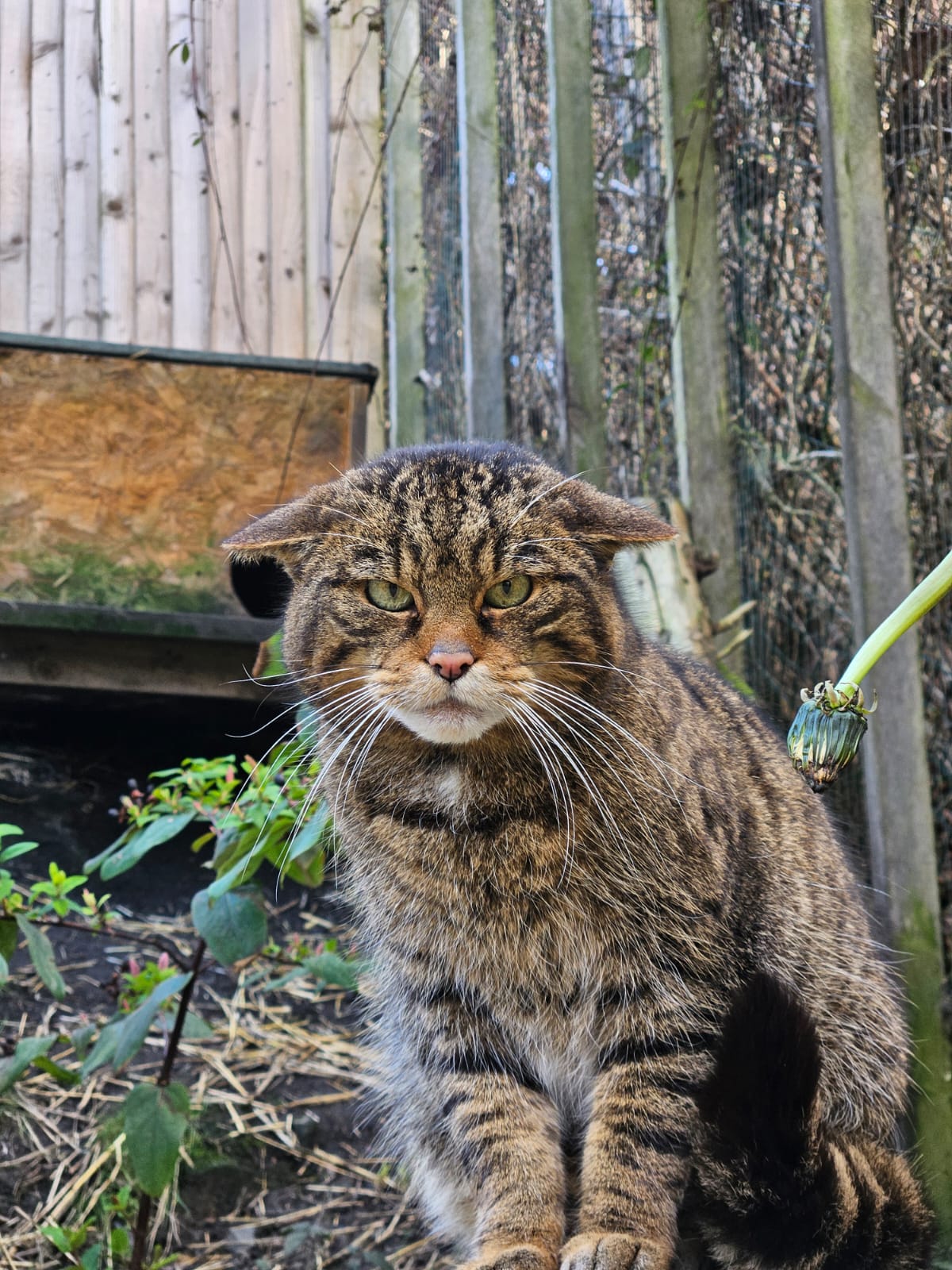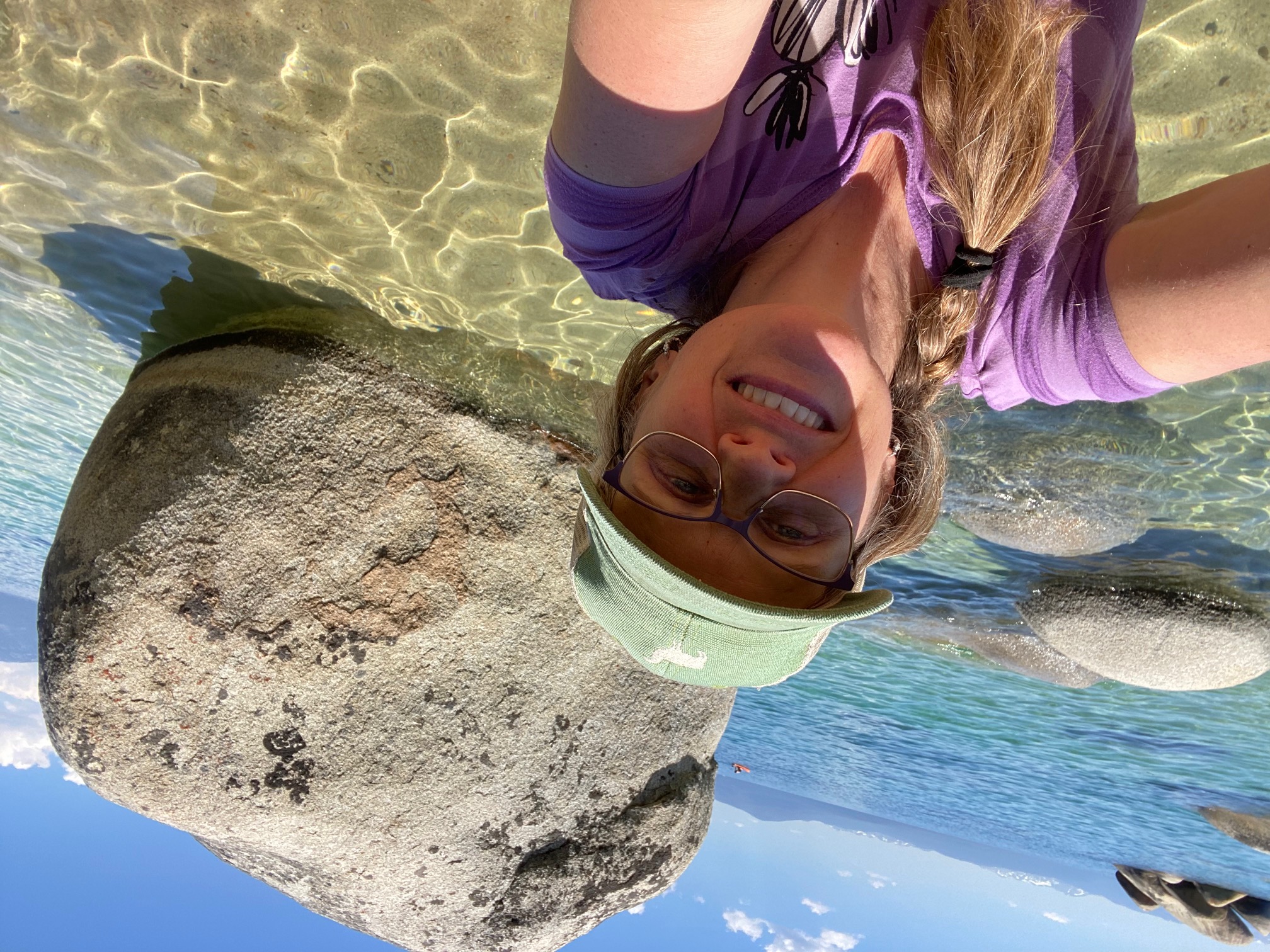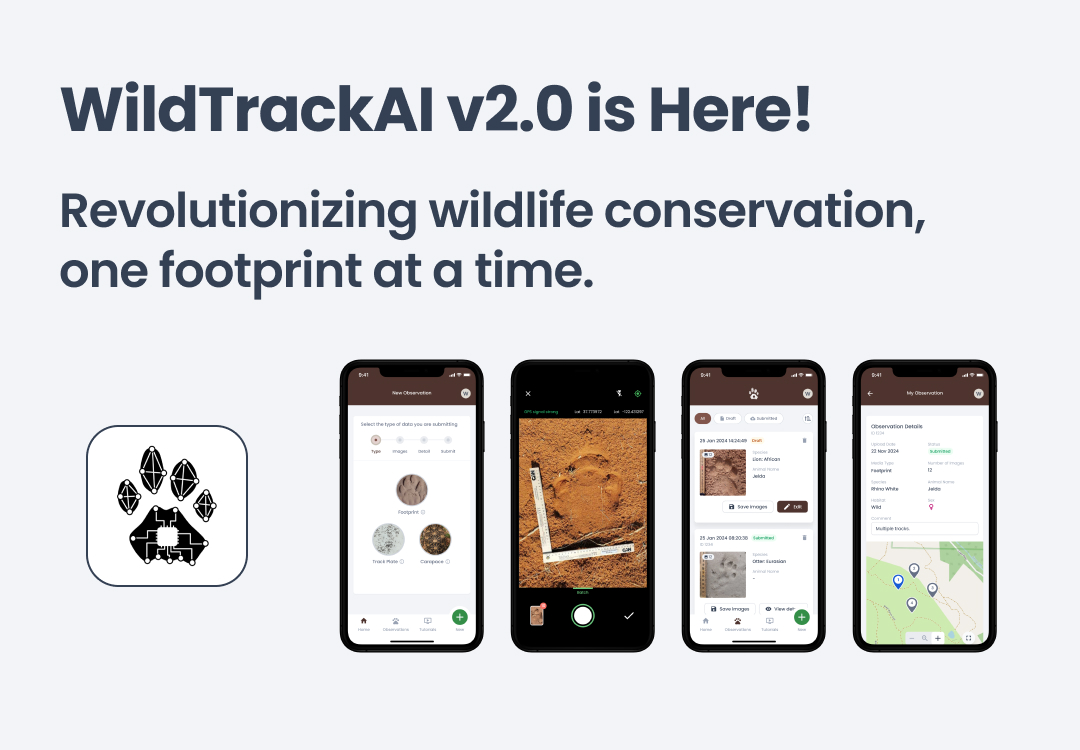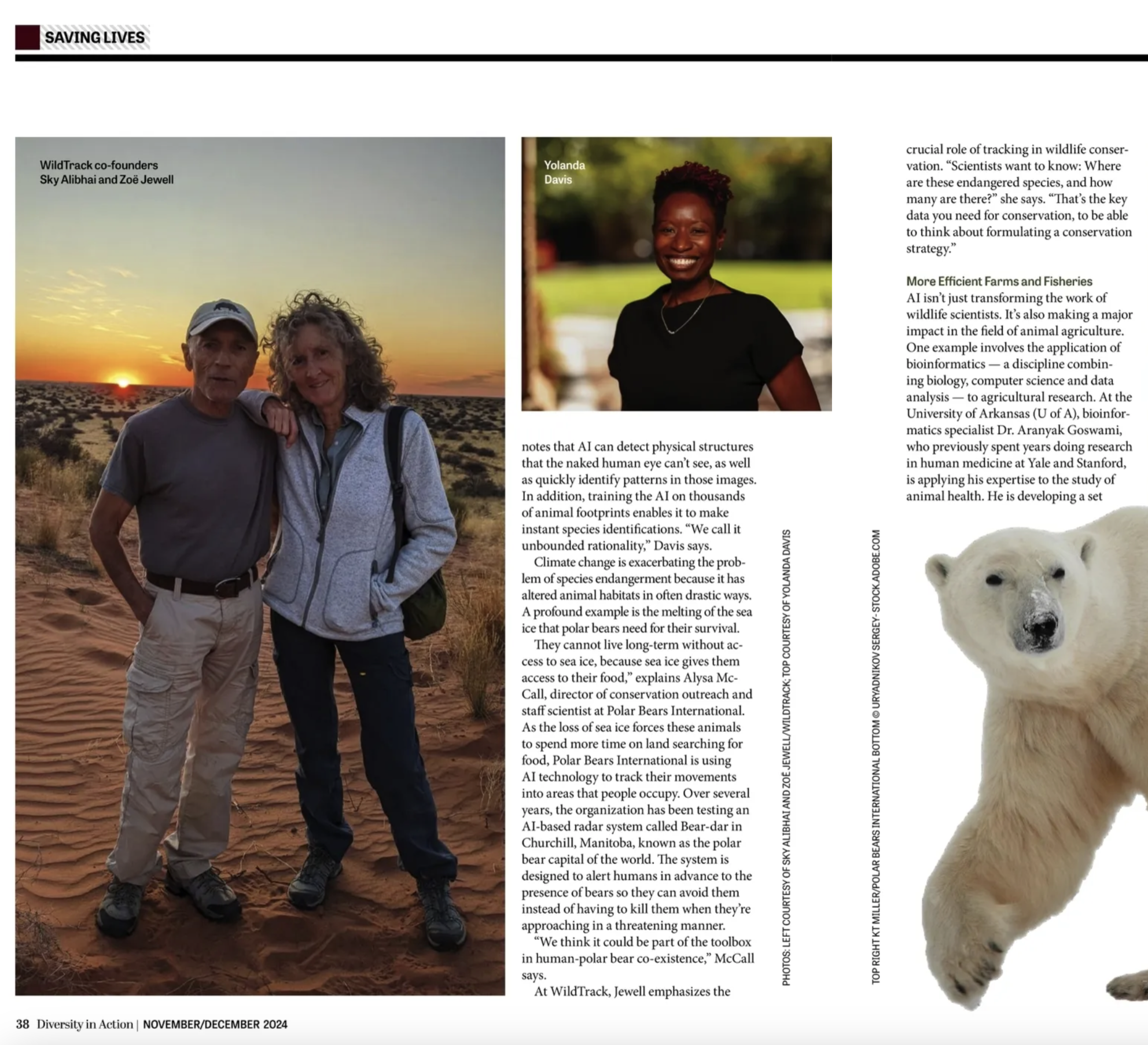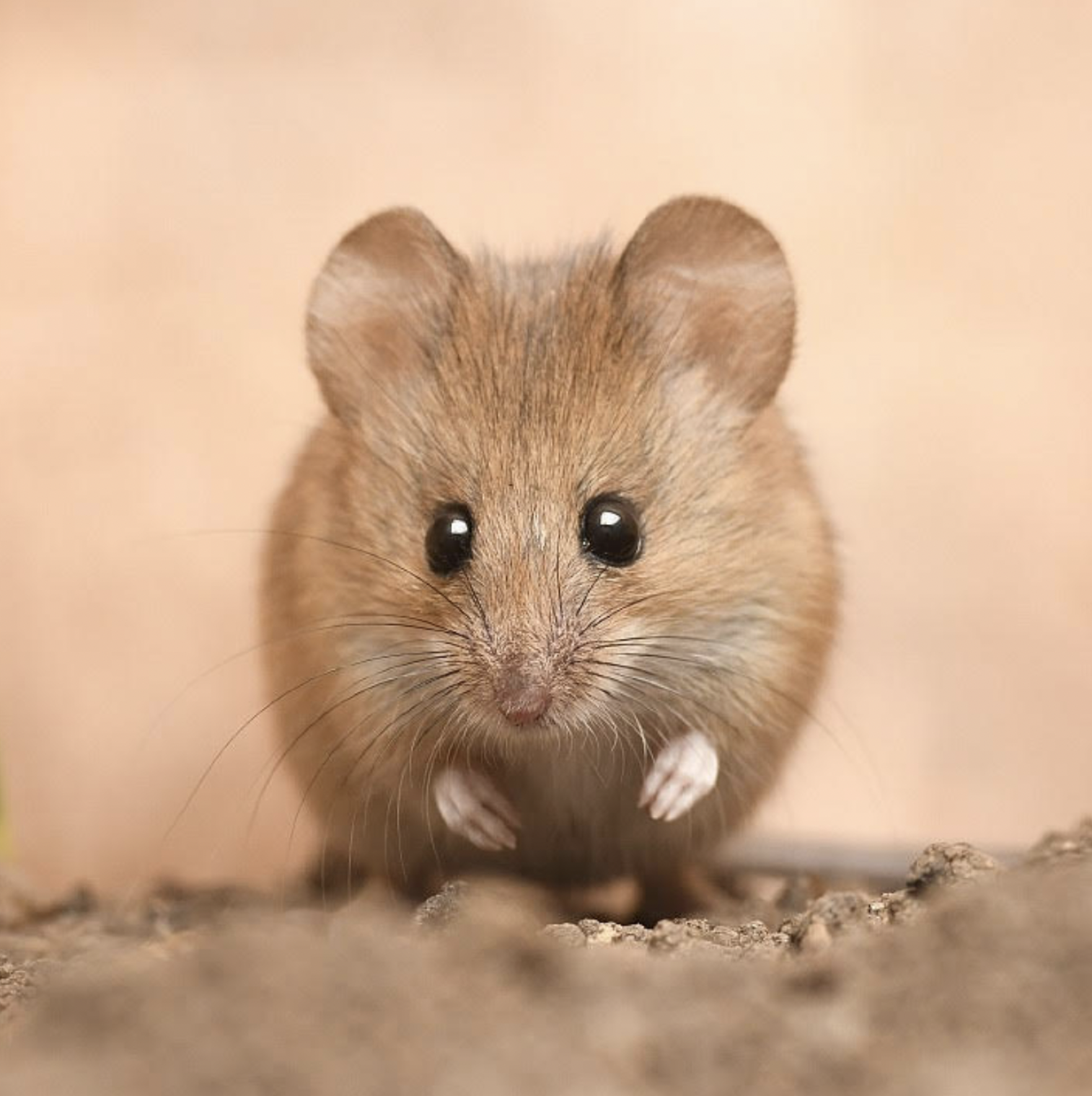Isn't Sustainable Energy great for Wildlife too?
As the world transitions from greenhouse gas-emitting fossil fuels to clean, renewable energy, we can all look forward to the obvious benefits of a curb on climate change and cleaner environments. This wonderful image of a solar panel flanked by black rhino at our partner project Kuzikus in Namibia is a great illustration of how small solar installations can help provide sustainable power in remote areas without disturbing wildlife.
But solar installations are often on a much grander scale. For example, the huge Riverside East Solar Energy Zone – the ground zero of California’s solar energy boom – stretches for 150,000 acres, across some protected areas and sensitive desert environments. Here the balance of benefits for wildlife is much less clear.
Large solar installations can lead to the loss and fragmentation of wildlife habitat, sometimes resulting in displacement of populations and the disruption of bird habitats and migration patterns. Research has shown they can impact the breeding and foraging patterns of threatened Mojave desert tortoises. The construction process can cause soil erosion, impacting the quality and availability of food and water for wildlife.
However, some of these impacts can be mitigated with careful planning. For example, solar panels can be installed on raised platforms to create shaded areas that can provide habitat for wildlife. Additionally, measures such as bird diverters and wildlife fencing can be implemented to help reduce the risk of bird and animal collisions with solar panels. Thinking ahead about recycling is a must. Experts predict there will be around 200 million tonnes of panels waiting for recycling by 2050, yet to date we have very little capacity to deal with this issue.
As always, monitoring is key. We need to keep a close watch on the impacts of huge solar facilities as they evolve. Regular monitoring can identify wildlife interactions and allow for the implementation of appropriate mitigation measures. Once again, footprints can play a key part. WildTrack is working with Cornell University to examine the impact of solar facilities on endemic small carnivores such as coyote and grey fox, as well as small mammals, through tracks left on the ground alongside other non-invasive methods. This image shows the Cornell team at one of the study sites in California, marking areas for survey.
